Fix WiFi Limited Connectivity Problem: If you’re facing Limited Connectivity error in your WiFi status then you won’t be able to access the internet until you’re again connected to the internet. You’re getting a message of Limited Access when you are connected to your WiFi which means you are connected to your Router/Modem but there is no Internet or worse, internet connection is available but your system is not able to receive it.
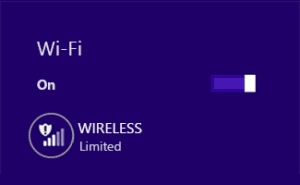
The limited connectivity error does not mean that your WiFi adapter is disabled, it only means that there is a communication problem between your system and the router. You use another PC or mobile in order to check if you’re able to connect to this network or not, if you’re able to use the Internet on other devices using the same network connection then the problem is with your System only.
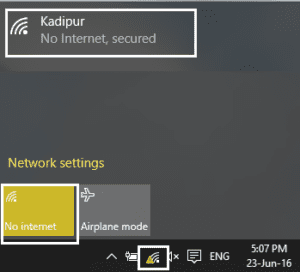
This connection has limited or no connectivity. No internet access
The connection is limited
So if only your system is not able to connect to the internet then it’s a serious issue as you won’t be able to access the internet and in order to fix limited connectivity problem, you need to follow the below-listed troubleshooting steps.
WiFi Limited Connectivity Problem [SOLVED]
Make sure to create a restore point just in case something goes wrong.
Method 1: Restart your modem or WiFi adapter
Sometimes this error can simply be resolved by restarting your Wifi modem or router and again try access the internet and see if you’re able to fix WiFi Limited Connectivity Problem. If you’re still facing the issue then continue with the next method.
In order to access your router admin page you need to know the default IP address, username, and password. If you don’t know then see if you can get the default router IP address from this list. If you can’t then you need to manually find the router’s IP address using this guide.
Method 2: Disable and Re-Enable your WiFi adapter
1.Press Windows Key + R then type ncpa.cpl and hit Enter.
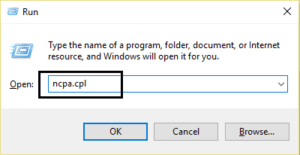
2.Right-click on your wireless adapter and select Disable.
3.Again right-click on the same adapter and this time choose Enable.
4.Restart your and again try to connect to your wireless network and see if the issue is resolved or not.
Method 3: Flush DNS and Reset TCP/IP
1.Right-click on Windows Button and select “Command Prompt(Admin).“
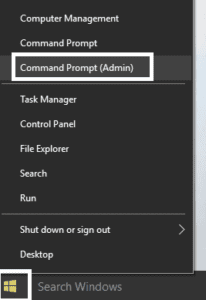
2.Now type the following command and press enter after each one:
(a) ipconfig /release
(b) ipconfig /flushdns
(c) ipconfig /renew
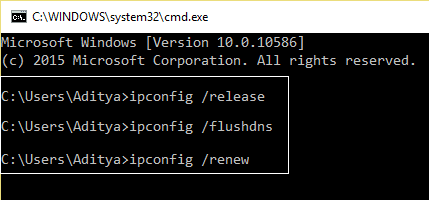
3.Again open Admin Command Prompt and type the following and hit enter after each one:
- ipconfig /flushdns
- nbtstat –r
- netsh int ip reset
- netsh winsock reset
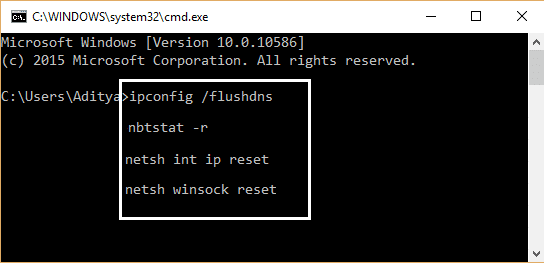
4.Reboot to apply changes. Flushing DNS seems to Fix WiFi Limited Connectivity Problem in Windows 10.
Method 4: Reset TCP/IP Autotuning
1.Right-click on Windows key and select “Command Prompt(Admin).“
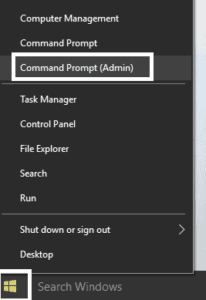
2.Type the following commands:
netsh int tcp set heuristics disabled
netsh int tcp set global autotuninglevel=disabled
netsh int tcp set global rss=enabled
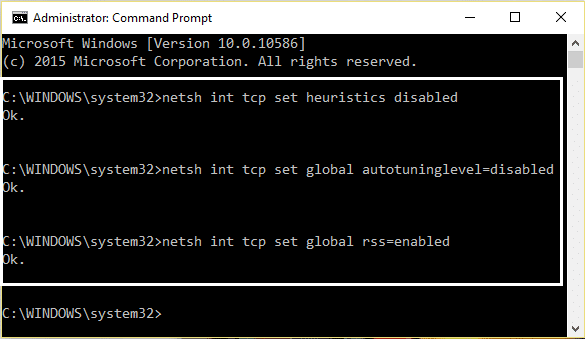
3.Now enter this command to verify that previous functions were disabled: netsh int tcp show global
4.Reboot your PC.
Method 5: Run Windows Networking Troubleshooter
1.Right-click on the network icon and select Troubleshoot Problems.

2.Follow the on-screen instructions.
3.Now press Windows key + W and type Troubleshooting, hit enter.
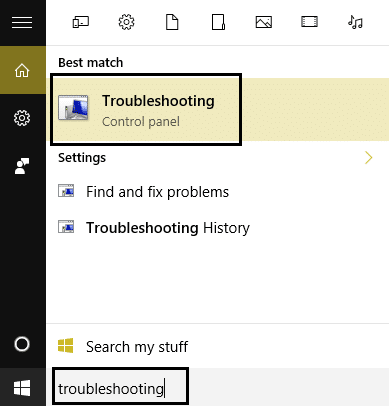
4.From there select “Network and Internet.“
5.In the next screen click on Network Adapter.
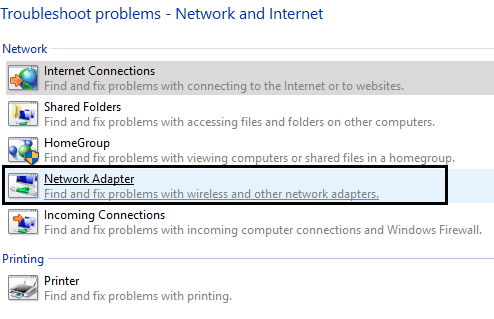
6.Follow the on-screen instruction to fix Limited Connectivity Problem.
Method 6: Wake up your Wi-Fi Adapter
1.Press Windows Key + R then type devmgmt.msc and hit Enter.
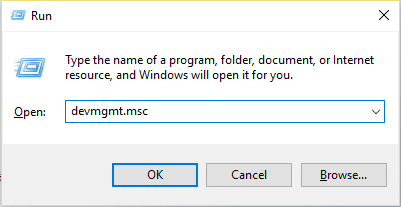
2.Expand Network adapters then right-click on your installed network adapter and select Properties.
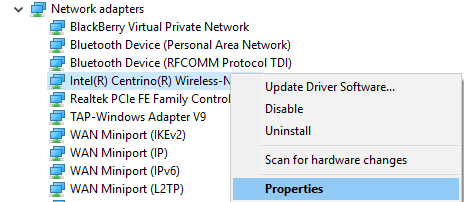
3.Switch to Power Management Tab and make sure to uncheck “Allow the computer to turn off this device to save power.“
4.Click Ok and close the Device Manager.
5.Now press Windows Key + I to open Settings then Click System > Power & Sleep.
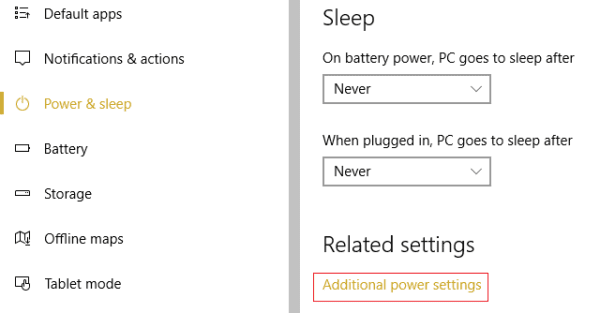
6.On the bottom click Additional power settings.
7.Now click “Change plan settings” next to the power plan which you use.
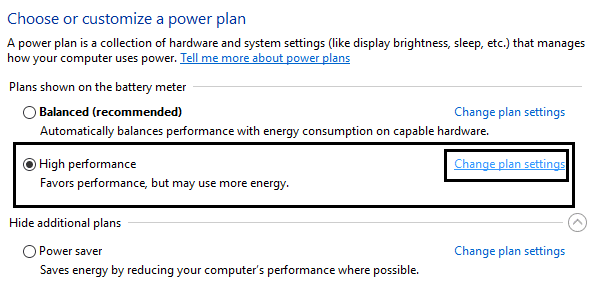
8.At the bottom click on “Change advanced power settings.“
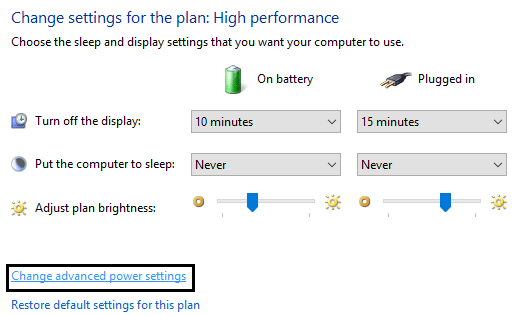
9.Expand Wireless Adapter Settings, then again expand Power Saving Mode.
10.Next, you will see two modes, ‘On battery’ and ‘Plugged in.’ Change both of them to Maximum Performance.
11.Click Apply followed by Ok. Reboot your PC to save changes. This would help to resolve WiFi Limited Connectivity Problem but there are other methods to try if this one fails to do its job.
Method 7: Enable Download over metered connections
1.Press Windows Key + I then click Devices.
2.From the left-hand menu make sure Printers & scanners is selected.
3.Now enable “Download over metered connections” by toggling the switch
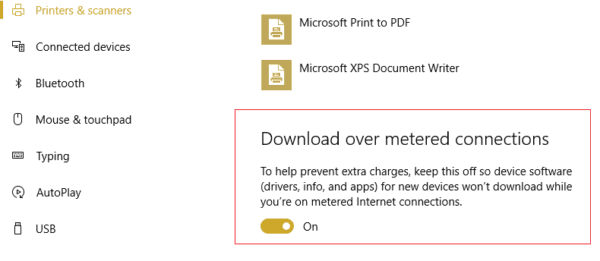
4.Reboot your PC to save changes.
Method 8: Use Google DNS
1.Open Control Panel and click on Network and Internet.
2.Next, click Network and Sharing Center then click on Change adapter settings.
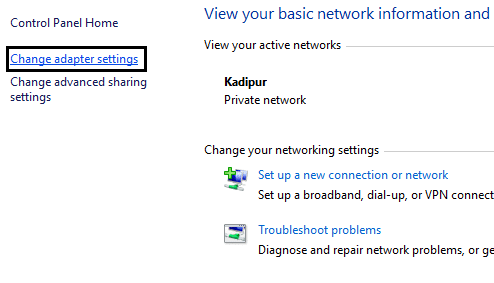
3.Select your Wi-Fi then double click on it and select Properties.
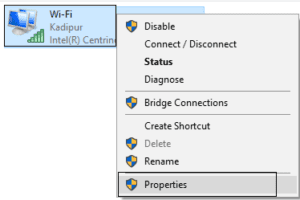
4.Now select Internet Protocol Version 4 (TCP/IPv4) and click Properties.
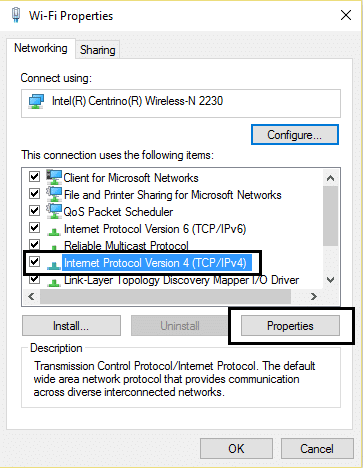
5.Check mark “Use the following DNS server addresses” and type the following:
Preferred DNS server: 8.8.8.8
Alternate DNS server: 8.8.4.4
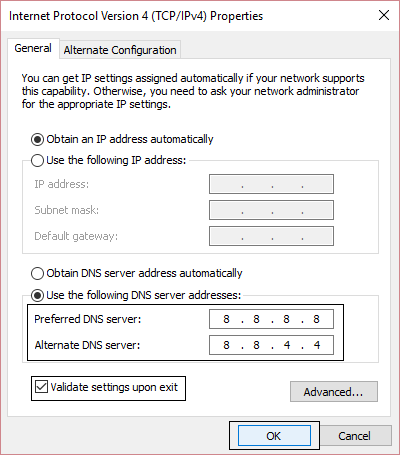
6.Close everything and you may be able to Fix WiFi Limited Connectivity Problem.
Method 9: Disable IPv6
1.Right click on WiFi icon on system tray and then click on “Open Network and Sharing Center.“

2.Now click on your current connection in order to open settings.
Note: If you can’t connect to your network then use Ethernet cable to connect and the follow this step.
3.Click Properties button in the window that just open.
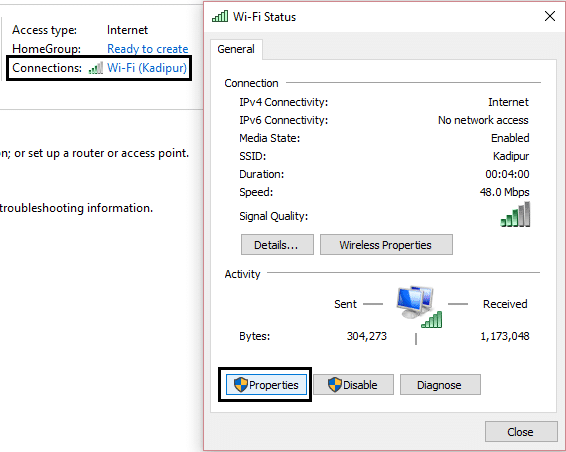
4.Make sure to uncheck Internet Protocol Version 6 (TCP/IP).
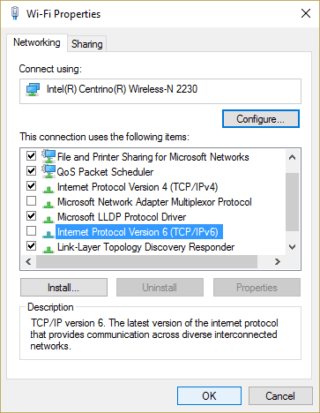
5.Click OK then click Close. Reboot your PC to save changes. This should resolve your WiFi Limited Connectivity Problem and you should again able to access the internet but if it wasn’t helpful then continue to the next step.
Method 10: Uncheck Proxy Option
1.Press Windows Key + R then type “inetcpl.cpl” and hit enter to open Internet Properties.
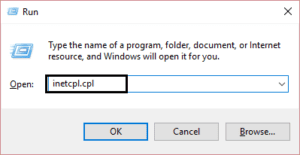
2.Next, Go to Connections tab and select LAN settings.
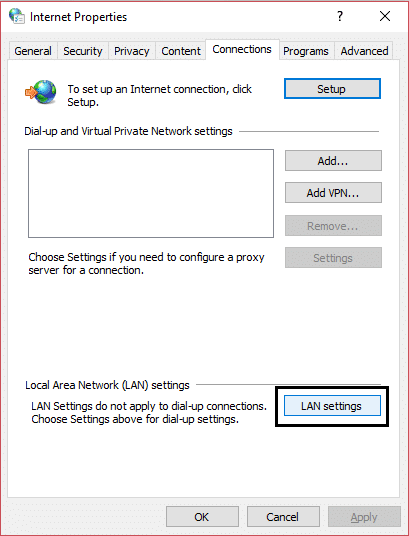
3.Uncheck Use a Proxy Server for your LAN and make sure “Automatically detect settings” is checked.

4.Click Ok then Apply and reboot your PC.
Method 11: Uninstall Network Adapter
1.Press Windows Key + R then type “devmgmt.msc” and hit Enter to open Device Manager.
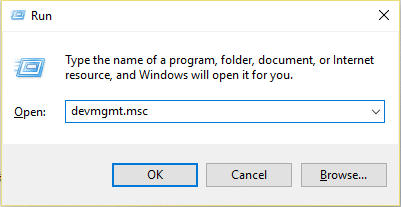
2.Expand Network Adapters and find your network adapter name.
3.Make sure you note down the adapter name just in case something goes wrong.
4.Right-click on your network adapter and uninstall it.

5.If ask for confirmation select Yes.
6.Restart your PC and try to reconnect to your network.
7.If you’re not able to connect to your network then it means the driver software isn’t automatically installed.
8.Now you need to visit your manufacturer’s website and download the driver from there.

9.Install the driver and reboot your PC.
By reinstalling the network adapter, you can get rid out of this WiFi Limited Connectivity Problem.
Method 12: Update WiFi Drivers
1.Press Windows key + R and type “devmgmt.msc” in Run dialogue box to open device manager.
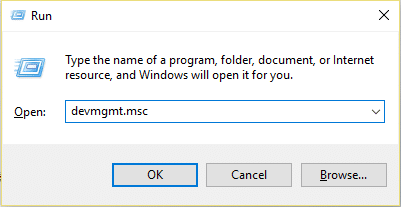
2.Expand Network adapters, then right-click on your Wi-Fi controller(for example Broadcom or Intel) and select Update Drivers.

3.In the Update Driver Software Windows, select “Browse my computer for driver software.“
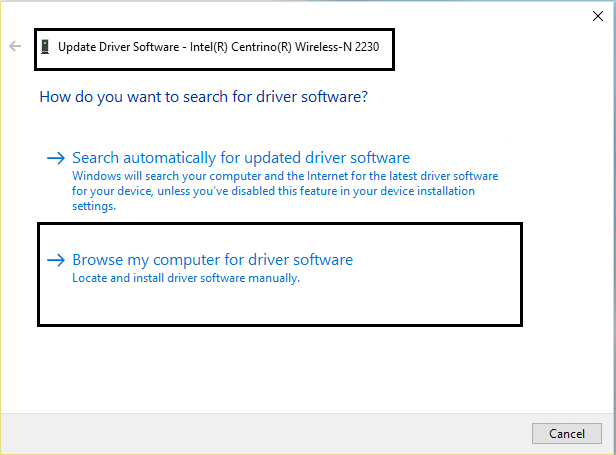
4.Now select “Let me pick from a list of device drivers on my computer.“
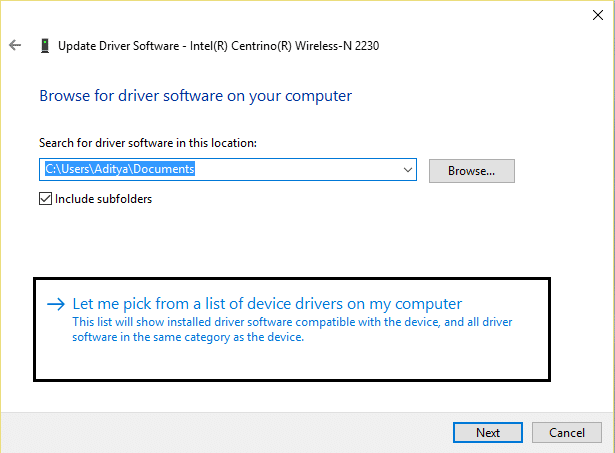
5.Try to update drivers from the listed versions.
6.If the above didn’t work then go to manufacturers website to update drivers: https://downloadcenter.intel.com/
7.Reboot to apply changes.
Method 13: Disable WiFi Sense
1.Press Windows Key + I to open Settings then click on Network & Internet.
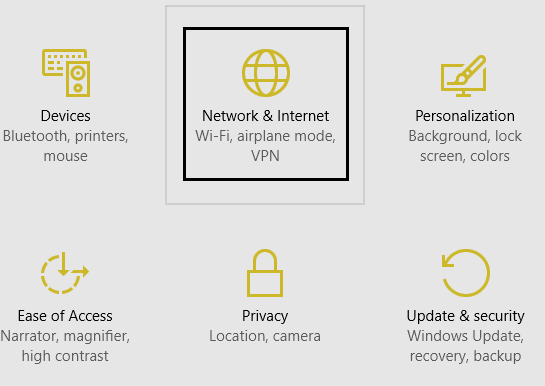
2.Now click Wi-Fi in the left pane window and make sure to Disable everything under Wi-Fi Sense in the right window.
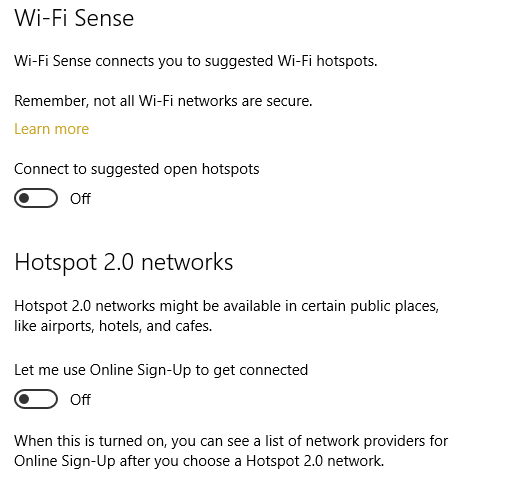
3.Also, make sure to disable Hotspot 2.0 networks and Paid Wi-Fi services.
4.Disconnect your Wi-Fi connection and then again try to reconnect. See if you’re able to Fix WiFi Limited Connectivity Problem in Windows 10.
Method 14: Change Bitdefender firewall settings (Or your Antivirus Firewall)
1.Open Settings of Bitdefender Internet Security and choose Firewall.
2.Click on “Advanced Settings” button.
3.Make sure that “Enable Internet Connection Sharing” is checked.
NOTE: If you don’t have the above setting then disable “Block Internet Connection Sharing” instead of above.
4.Click OK button to save changes.
5.And if it doesn’t work try disabling your Antivirus Firewall and enabling Windows Firewall.
For maximum people changing firewall settings fixes the Limited Connectivity Problem, but if didn’t work for you don’t lose hope we still have a long way to go, so follow the next method.
Method 15: Change Adapters Settings
1.Open the Bitdefender, then select Protection module and click on the Firewall feature.
2.Make sure the Firewall is turned ON and then go to the Adapters tab and perform the following changes:

3.Restart your PC to apply these changes and see if the Limited Connectivity Problem is resolved or not.
Method 16: Set Roaming Aggressiveness to Maximum
1.Right click on Network icon and select “Open Network and Sharing Center.“

2.Now select your Wi-Fi and click on Properties.
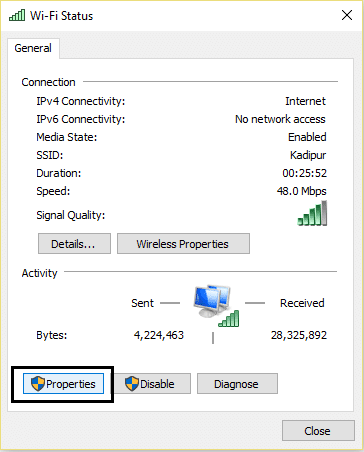
3.Inside Wi-Fi properties click on Configure.
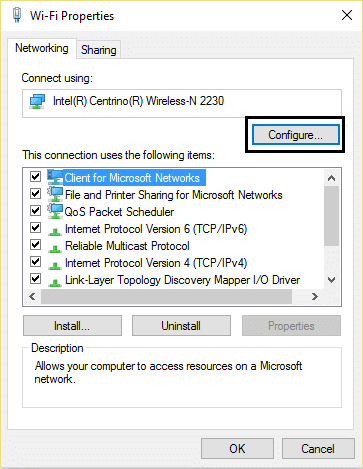
4.Navigate to the Advanced tab and find Roaming Aggressiveness setting.

5.Change the value from Medium to Highest and click OK.
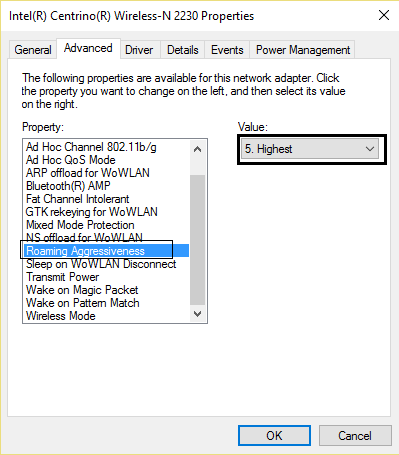
6.Reboot to apply changes.
Method 17: Disable Intel PROSet/Wireless WiFi Connection Utility
1.Press Windows Key + X then select Control Pane

2.Then click on Network and Internet > View network status and task.

5.Click the option HomeGroup and then click Change network location.
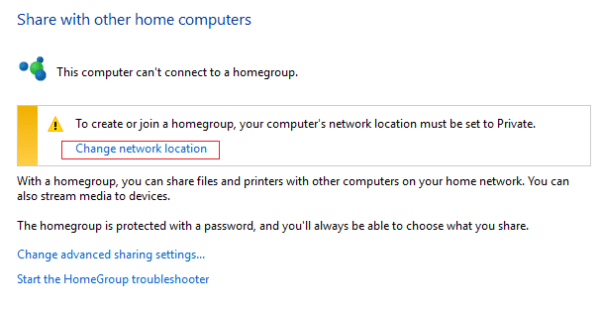
6.Next, Click Yes to make this network a private network.
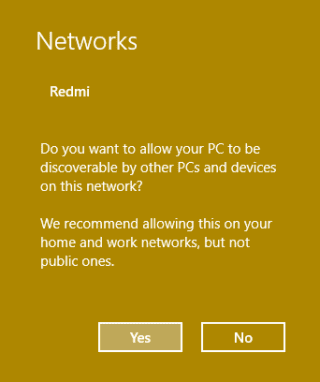
7.Now right-click on the Wi-Fi icon in the system tray and select “Open Network and Sharing Center.“

![WiFi Limited Connectivity Problem [SOLVED] Connectivity Problem](https://techsslash.org/wp-content/uploads/2024/07/6-Ways-to-Get-Free-Discord-Nitro-80.png)